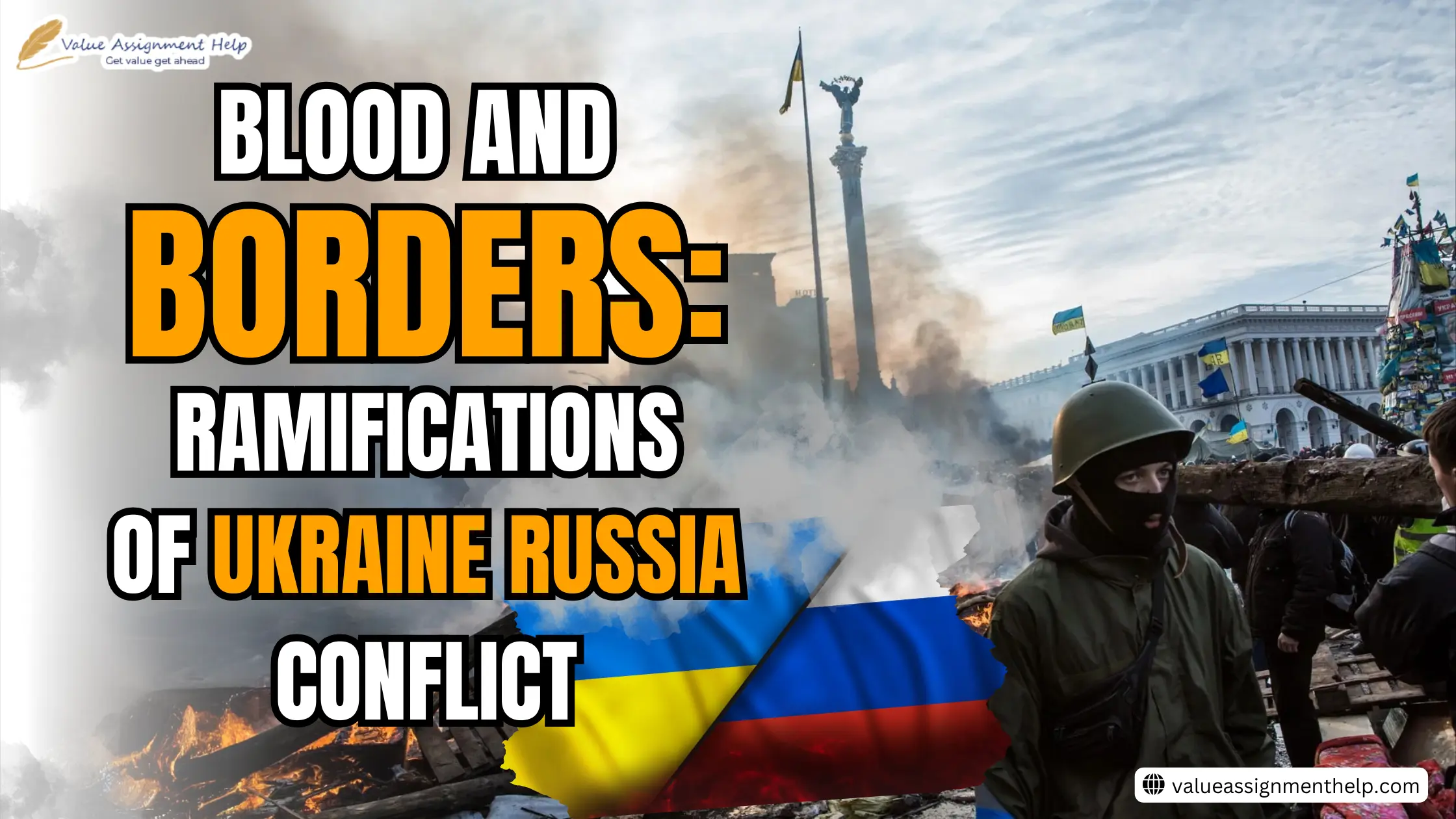Assignment
Achievement
Hire Experts
Reviews
Free Services
Grades
Offers
Order Now
50,000+
Orders Delivered
4.9/5.0
Star Rating
4000+
PhD Experts
24 x 7
Query Resolution
100 +
Subjects Catered
Our Experts
Reviews
Free Assignment Services
☞Title Pages - 100 Words
$05.00 free
☞Downloading Free Guide
$20.00 free
☞Upload Completed Tasks
$20.00 free
☞Genuine Content Report
$20.00 free
☞Consultation By Experts
$06.00 free
☞Unrestricted Revisions
$10.00 free
☞Grammar Check for Task
$25.00 free
☞Plagiarism Inspections
$25.00 free
Book Now and get Free Services Upto $0.00
Grades
Offers

1. PLACE YOUR ORDER
Whenever you fill out their order form, please read it carefully and then fill it out.

2. MAKE PAYMENT
Choose our secure payment method to pay for your order and collect your order from us with security.

3. GET YOUR DOCUMENT
Our writers write you plagiarism-free assignments and provide them to you before the deadline.
Our Experts

Search Assignments

Customers Reviews
Imagine a world where you could create your own country with its laws, currency, and flag. Sounds like a dream, right? Well, for some individuals and communities within the United States, this dream has become a reality through micronations.
And its recent example is the “sister-city agreement sham” of the United States of Kailasa, where Swami Nithayanada created his imaginary utopia on a private island in the middle of the ocean.

However, the self-proclaimed micronation exists only on its website and has successfully fooled 30 US states along with United Nations.
Further research identified that America has one of the highest numbers of Micronations in the world.
So it becomes imperative to understand how and why America is breeding the culture of fake nations.
(Do not wait for the right time to seek assignment assistance from us. We provide our services 24x7)
Popularly called micro-nations, micro-state, or self-proclaimed nations, all are fraternities of fake nations. Although no specific definition or law defines a micronation, Harry Hobbs and George Williams, in their journal for the International Journal of Constitutional Law, conclude that any nation that has not scored global recognition is a micronation. Hence, the nation/state is virtually non-existent for the rest of the world.
Over the years, people have desired to own and run independent nations. As a result, there are more than 100 micronations or self-proclaimed nations in the world, with a majority located in the United States.
And the sister-city fraud of the United States of Kailasa is the latest addition to the list.
In the recent incident that shook the world, 30 US states signed a “sister agreement” with a physically non-existent country- the United States of Kailasa.
Found by the Self-proclaimed god: Swami Nithayanada, the imaginary country is the world’s first Hindu Nation.
Allegedly located on the private islands in the west of Ecuador in South America, the newly formed country has its currency, national animal and even a national anthem. However, Ecuador refuses its existence.
The only traces of the country that could be found online are through its shabby-looking official website.
The website, which features all the details of the country, including currency and national anthem, is so poorly built that your eyeballs will pop out minutes after reading in very tacky font.
And as bizarre as the story gets, the sham nation is owned by a fugitive criminal of India- Swami Nithyananda.
Hailing from India, the self-proclaimed God-Man is a wanted criminal in his home country for multiple charges of sexual assault and rape.
A few days back, the country was recognized by 30 US states, which signed a Sister city agreement with the new country. The ambassador of the country- Maa Vijya Priya Nithananda- also represented USK in the UN’s Committee on social, cultural, and economic rights in Geneva, Switzerland.
However, when the reality of a non-existent country came forward after a few days, the agreements were terminated in March. As per a report of The Fox, city mayors signed the sister city agreement just because they were requested to!
The surprising and amusing part is how easily everyone bought the story. How could no one run a quick internet search to verify the authenticity of the country?
And the more amusing part is that this is not the first time US dealt with a self-proclaimed nation. There have been many such incidents in the past too.
This is not the first time for US. Take Republic of Molossia, for example.
Like Swami Nithyanada, Kevin Baugh is said to own a sham nation on 11.3 acres of land- the Republic of Molossia. But unlike The United States of Kailasa, Republic of Molossia is located near Nevada in America.
The country has a registered population of 34 people, including four dogs. The small country also has its currency, flag, and national anthem. However, no other country accepts the sovereignty of this country.
The country is owned and operated by a single man, who always greets its visitors in military uniforms.
Then there are the other types: spiritual retreats:
The “Guru of Rich people”- Osho, after he established his state- Rajneeshpuram in Oregon, in the United States, popularised creating large-scale spiritual retreats.
The owner of nearly 100 Rolls Royce, the man created his independent state in the middle of nowhere in 1981. However, Rajneeshpuram was soon disbanded by the United States government when Osho was deported to India in 1985.
Although spiritual communities, like Twin Oaks and Ananda village, resided in North America before Rajneeshpuram, Rajneeshpuram opened doors for other establishments to flourish.
From the example of Osho’s community- Rajneeshpuram, the initial settlement plans were linked to Germany. However, the strict rules of Germany did not allow such independent state formation. Hence, America was finalized as the ideal location.
So, we have compiled a list of potential reasons why America has the most numbers of micronations after Australia:
In the United States, there is often a sense of frustration and disillusionment with the political system. Many people feel that they are not adequately represented by their elected officials or that the government is corrupt or ineffective. This has led some individuals to seek alternative forms of governance, including creating micronations. For example, in 2014, a group in New Hampshire established the "Free State Project," which aims to create a libertarian-leaning society. While not a micronation in the traditional sense, the Free State Project has many of the same goals and ideals as a micronation.
In some cases, communities within the United States may feel that they would be better off governing themselves. This could be due to various factors, including cultural differences, geographic isolation, or economic challenges. One example is the Republic of Molossia, a micronation located in Nevada. Founded in 1977, the Republic of Molossia was initially established as a way for its founder, Kevin Baugh, to express his individuality and creativity. However, it has become a more serious endeavour, with Baugh seeking recognition from other nations and even establishing his currency.
The United States is home to many different cultures and languages, a diverse nation. Sometimes, these cultural or linguistic groups may feel marginalized or unrecognized by the larger society. This can lead to the formation of micronations that
are specifically tailored to their needs and identity. For example, in 2015, a group of Native Americans in California established the "Great Seal Nation," which seeks to assert their sovereignty over traditional lands.
Finally, some people may create micronations to express themselves and explore creativity. These micronations may not have political goals or aspirations, but they can still provide a sense of community and belonging. One example is the Principality of Sealand, located on a World War II-era platform in the North Sea. While not technically located within the United States, Sealand is often cited as a prominent example of a micronation driven by creative expression.
In conclusion, the formation of micronations within the United States is a testament to the diverse and independent spirit deeply ingrained in American culture. The United States was founded on individual liberty and freedom, which often translates into a desire for autonomy and self-expression.
However, the budding desire to own a separate country/state might hamper the prospects of America maintaining peace and harmony in the country.
"No more sleepless nights as our homework help offers the best and most comprehensive online guidance for all your writing tasks!"
Disclaimer: all content and intellectual property remain the exclusive property of value Assignment Help




No Comments